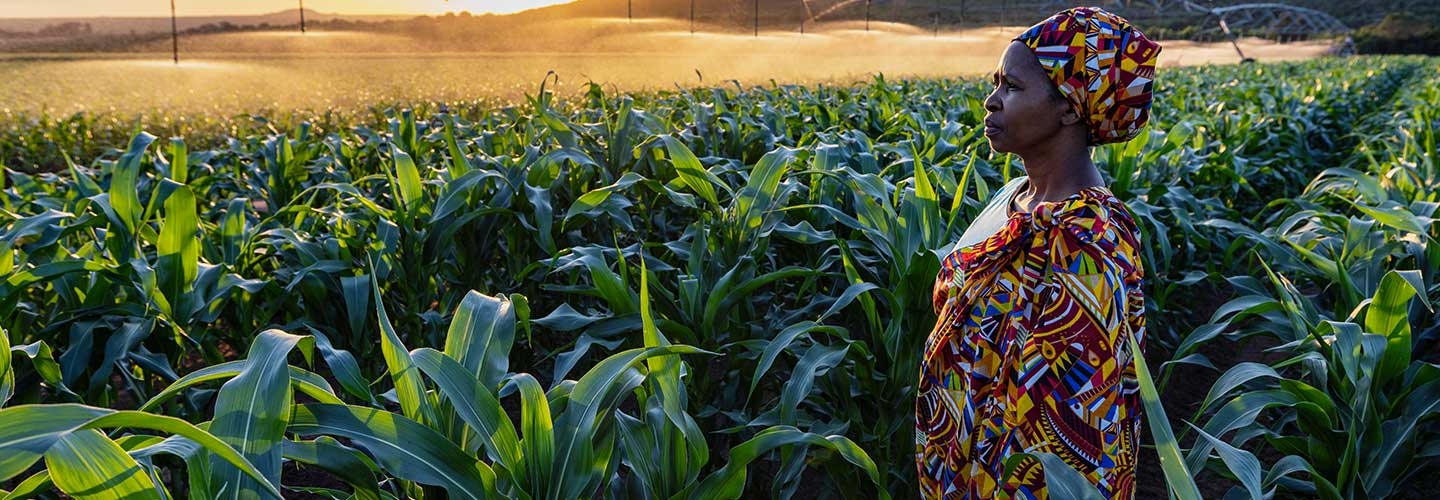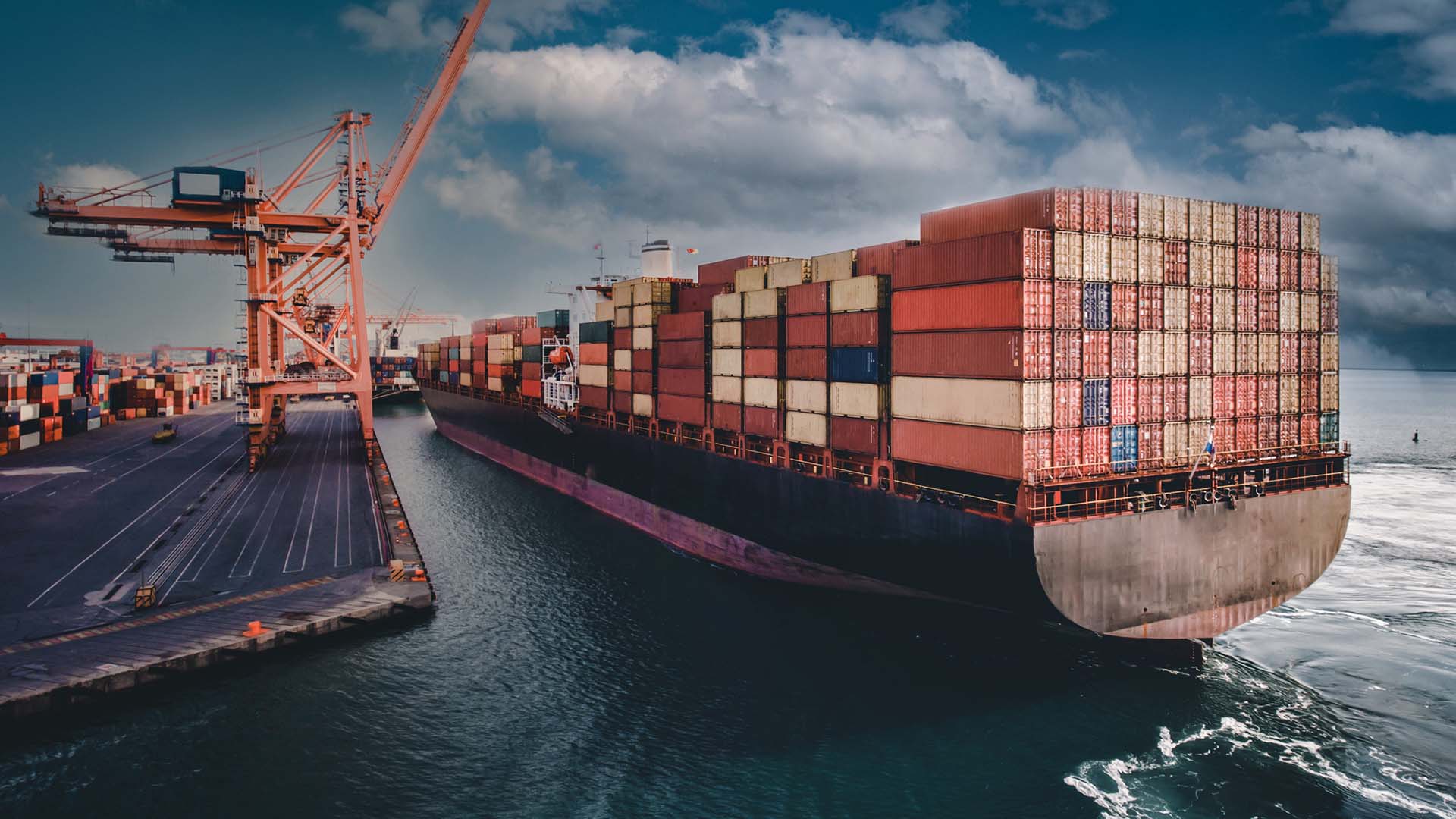The government is now putting active recovery and investment plans in place to boost infrastructure projects in partnership with the private sector. This is a welcome development after the 2024 national budget limited additional spending on infrastructure to service the debt of state-owned enterprises (SOEs) – most notably Eskom and Transnet.
Much recent macroeconomic analysis on South Africa’s economy has focused on the delivery challenges of our SOEs, and the massive losses they’ve incurred over the past 20 years. The new emphasis on public–private infrastructure partnerships should create downstream business opportunities and boost economic activity.
Improving electricity infrastructure
Many municipalities, especially those in larger metros, are looking for ways to reduce their dependence on Eskom to supply electricity. The 2 largest metros in SA, the City of Johannesburg (COJ) and the City of Cape Town (COCT), are already commissioning and expanding alternatives that make them less reliant on the national power utility.
In April 2024, Johannesburg’s power utility, City Power, recommissioned the John Ware substation open gas turbine to add an additional 50 MW of power to the grid. This recommissioning is part of a wider energy plan to bring another 100 MW to the grid by the end of the financial year 2024.
The COCT announced plans to invest more than R4 billion in electricity grid upgrades and maintenance over 3 years as part of its 2024–2025 budget. The city plans to move away from an Eskom monopoly and allow many different businesses of all sizes to sell electricity. These include individuals selling their excess solar power to the city, commercial entities selling electricity to each other, and large-scale independent power producers (IPPs) feeding electricity into the grid. The city already provides load-shedding protection for up to 2 stages where possible and is working on plans to protect residents against the first 4 stages of load-shedding by 2026.
The new Transnet board reported a relatively promising performance for the 2023–2024 fiscal year
The suspension of national load-shedding from May 2024 is a positive development for Eskom’s capacity and outlook. The SOE attributes the improvement to a much better performance from its power plants, leading to a reduction in unplanned breakdowns. According to market analysts, energy use data shows that the improvement is also due to a significant reduction in demand, by almost 2,000 MW. Rooftop solar and IPPs are key to the reduction in demand on the national grid.
Transnet: Rebuilding rail and port infrastructure
The capacity and infrastructures challenges at Transnet have been well documented. The SOE has put a recovery plan in place to reform the rail and port infrastructure under its control. This is part of a broader initiative under the National Rail Policy and the Freight Logistics Roadmap, which aims to transform rail transport by introducing 3rd-party access and enhancing operational independence. Essentially, it will increase the private-sector presence in Transnet’s wider operations. Currently, various stakeholders are engaged in public consultation over the plan.
The Minister of Transport and the Minister of Public Enterprises must then approve the final tariffs for private access to the rail and port infrastructure, after which 3rd-party access can be put in place on underutilised sections of the rail network.
Despite facing debt and the other challenges mentioned, the new Transnet board reported a relatively promising performance for the 2023–2024 fiscal year. There has been an increase in revenue, a reduction in operating costs, and an improvement in operational volumes. The SOE handled about 152 million tonnes of cargo, which is close to its self-imposed target of 154 million tonnes. As far as port infrastructure goes, the container sector performed better, nearly reaching the recovery plan target of 4.2 million TEUs. (The twenty-foot equivalent unit, or TEU, is the standard unit to measure freight volumes moving through a port).
Government has addressed the critical infrastructure challenges of the Durban Container Terminal (DCT2), which is the country’s busiest container port. DCT2 has remained more or less unchanged since 1963, despite handling 65% of the SA’s container cargo. Government has announced the appointment of Philippines-based International Container Terminal Services Incorporated as the private sector partner to help improve DCT2’s operational capacity, in line with provisions in Transnet’s recovery plan.
Public works and construction projects pipeline
There are several public works infrastructure projects currently in the government pipeline in various industry sectors. They present genuine business and job creation opportunities, along with potential macroeconomic benefits.
The new LNG import terminal is expected to generate around 4,500 jobs
The Airports Company of SA (ACSA) has allocated R21.7 billion to airport infrastructure developments and statutory compliance over the next 5 years. The developments include a new hotel and capacity expansion projects at the following airports:
1. Chief Dawid Stuurman International Airport, Gqeberha, and George Airport
- New cargo terminals.
2. OR Tambo International Airport, Gauteng
- A new passenger terminal, with new bussing gates and the expansion of the retail, seating and lounge areas in Terminal A.
3. Cape Town International Airport
- Expansion of the domestic arrivals terminal.
4. King Shaka International Airport north of Durban, KwaZulu-Natal
- Construction of a new hotel and expansion of a terminal during the final year of the 5-year permission period.
Other projects include:
- The liquefied natural gas (LNG) import terminal at Richards Bay
This will be the first of its kind in South Africa. It will need a total investment of R2.1 billion, and it aims to import between 1 and 5 million tons of LNG a year. Government awarded the long-term concession for this project to terminal operator Vopak in January 2024. The new terminal is expected to generate around 4,500 jobs and R914 million of additional income to local households.
- A new berth for liquid bulk to handle imported LNG at the Port of East London
The project represents a R2.2 billion investment and will serve as the main liquid fuels supply hub of the Nelson Mandela Bay Municipality and surrounding areas.
- Project Ukuvuselela
This project is about a transnational, high-capacity rail corridor for automotive cargo volumes. It involves upgrading the rail line from Gauteng to Eastern Cape and will serve to take pressure off the KwaZulu-Natal corridor and the port of Durban as the sole port for imports and exports of automobiles. The plan is to reach operational capacity by 2026.
- Multibillion-dollar special economic zones (SEZs) in the municipalities of Nkomazi (Mpumalanga) and Namakwa (Northern Cape)
These SEZs are designed to stimulate economic activity, industrial development, trade and job creation. The Nkomazi SEZ is focused on primary agricultural production and agro-processing, while the Namakwa SEZ seeks to drive economic growth and job creation in one of SA’s most mineral-rich areas.
Nedbank has a range of small-business products and services. We offer guidance if you are looking for an entrepreneurial opportunity from these infrastructure developments.
We also offer a full suite of commercial and corporate investment services if you are a business looking for major partnerships and enterprise opportunities in the infrastructural development sector.








